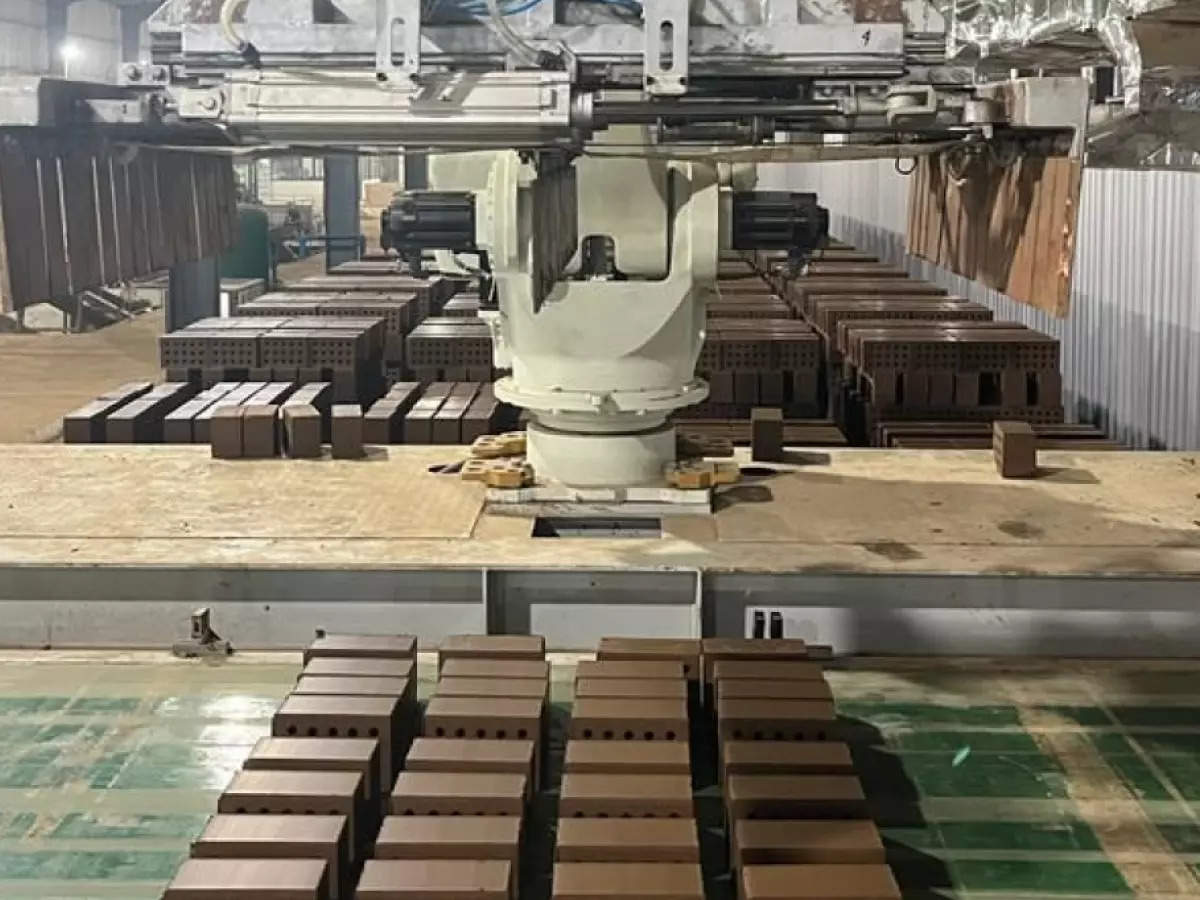E - PAPER
How the cement industry is helping India meet its climate goals
Sustainability is the critical challenge for mankind in this century. Recognising this, the United Nations adopted the Sustainable Development Goals. India is succeeding in renewable energy in which it is on the way to achieving more than its commitments under the Paris Climate Agreement. However, t
 BY
admin
BY
admin
Published - Saturday, 17 Nov, 2018

Sustainability is the critical challenge for mankind in this century. Recognising this, the United Nations adopted the Sustainable Development Goals. India is succeeding in renewable energy in which it is on the way to achieving more than its commitments under the Paris Climate Agreement. However, the transition to a circular economy needs to become part of the mainstream discourse on development. A circular economy means that waste from one part of the chain of economic activity becomes an input for some other productive economic activity. This requires a radical transformation.
For such a radical transformation to take place, constructive partnerships among different sectors of industry would be critical. Evolving a feasible policy, regulatory and other enabling measures that deliver outcomes would be the challenge. There has been some pioneering success with the Indian cement industry which can now be taken to the next level.
As India’s thermal power plants mushroomed, fly ash from the burning of coal in these power plants kept growing and their disposal became an increasing problem. Thermal power plants and the cement industry made mutually satisfactory arrangements for the cement plants nearby to take fly ash and use it as raw material for making cement. The fly ash was given free, through a policy directive of the power ministry and the cement plants bore the transportation cost. The thermal plants had savings in the disposal cost of fly ash, especially in terms of land required for it. This arrangement was a win-win for both sides.
Enabling regulatory standards that specified the extent to which fly ash could be used helped. Within 20 years of the start of the process, as much as 25% of the total fly ash being generated in the country is now being used by the cement industry.
With slag from the steel industry, the success has been spectacular, with full 100% utilisation. This is a good example of real progress towards a circular economy.
The use of waste as an alternative fuel and raw material is the core of a circular economy. The Indian cement industry has already made remarkable progress in energy efficiency and now has five of the top 10 companies in the world, including the first, this year in the low-carbon transition league report.
On World Environment Day, the industry offered to use all the plastic waste of the country (up to 12 million tonnes) as an alternative fuel by 2025, provided it is made available to it in a segregated form.In Europe, the cement industry uses alternative fuel from biomass, municipal and industrial waste to get as much as 40% of its energy needs. India should have the ambition to reach a similar percentage.
Given the cement industry’s achievements in energy efficiency and use of fly ash and steel industry slag, taking alternative fuel usage, including the existing commitment to use plastic waste, to the European level of 40% by 2025 should be worth attempting. This is an ambitious, though not unrealistic, target.
RELATED STORY VIEW MORE
NEWS LETTER
Subscribe for our news letter
E - PAPER
-

CURRENT MONTH 
LAST MONTH















